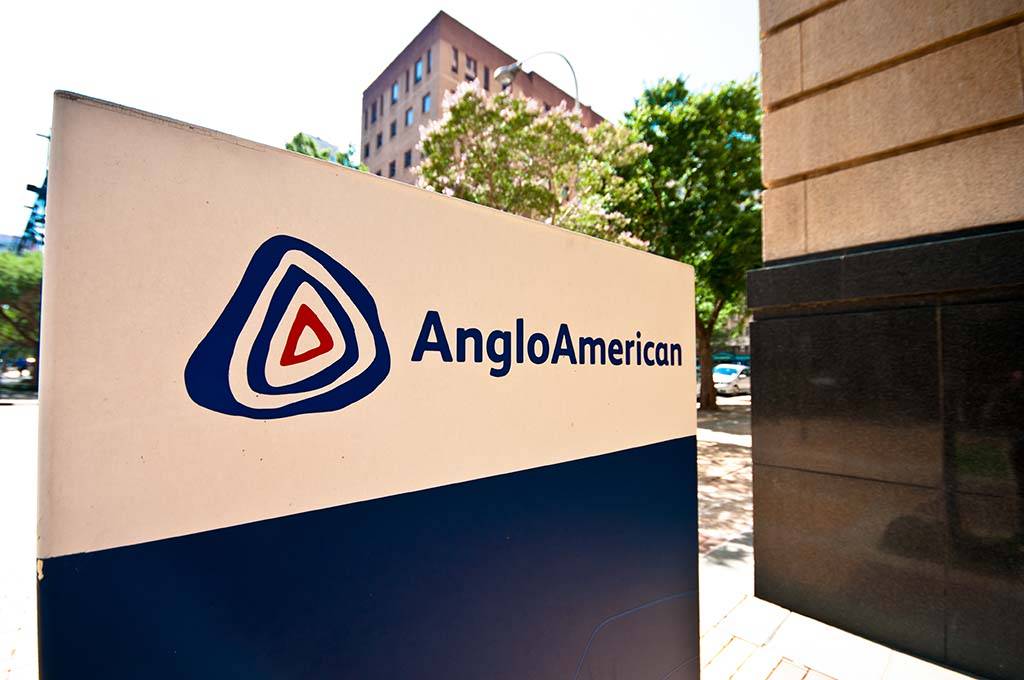ANGLO AMERICAN PLANS EXIT FROM COAL
Anglo American has signaled its intent to exit from coal production as the company aims to slim down to just 16 assets focused on its De Beers diamond, platinum group metals (PGMs) and copper businesses.
As a result, the Moranbah and Grosvenor metallurgical coal mines in Australia will join the list of assets on the company’s lengthy for-sale list. The company has already agreed the sale of the Dartbrook and Callide coal mines in Australia and had previously announced it would look for buyers for its South African coal business.
The Grosvenor project has only recently been completed and is likely to be one of the company’s more attractive assets – but Anglo is unlikely to receive anywhere near the US$1.95 billion that its construction cost.
In addition to coal, the company is also aiming to sell its nickel, niobium and phosphates businesses and said it would consider its options for its Kumba Iron Ore subsidiary – including a spin off. Options for the company’s Minas-Rio iron ore project in Brazil would also be assessed following completion of development work over the next three years.
The company also said that it would further cut costs and improve productivity, aiming for a US$1.9 billion boost to its underlying earnings in 2016. Of this, US$700 million will be productivity-related gains, while US$1.2 billion will come from reducing operating and support costs – including a 60% reduction in the size of Anglo American’s business support operations from a current 11 500 roles to fewer than 5000.
CAPEX will also fall by US$3 billion in 2016 compared to 2015 as various projects – including Grosvenor – reach completion and Minas-Rio continues to ramp up. In 2017 CAPEX will fall again to US$2.5 billion.
“We are taking decisive action to sustainably improve our cash flows and materially reduce net debt, while focusing on our most competitive assets,” said Anglo’s CEO, Mark Cutifani. “We are creating the new Anglo American.”
The significant realignment in Anglo’s business comes as the company announced a full-year loss of almost US$5.5 billion that comes on the back to weakening commodity demand around the world – but particularly in China – that has seen commodity prices crash.
Edited by Jonathan Rowland.
As a result, the Moranbah and Grosvenor metallurgical coal mines in Australia will join the list of assets on the company’s lengthy for-sale list. The company has already agreed the sale of the Dartbrook and Callide coal mines in Australia and had previously announced it would look for buyers for its South African coal business.
The Grosvenor project has only recently been completed and is likely to be one of the company’s more attractive assets – but Anglo is unlikely to receive anywhere near the US$1.95 billion that its construction cost.
In addition to coal, the company is also aiming to sell its nickel, niobium and phosphates businesses and said it would consider its options for its Kumba Iron Ore subsidiary – including a spin off. Options for the company’s Minas-Rio iron ore project in Brazil would also be assessed following completion of development work over the next three years.
The company also said that it would further cut costs and improve productivity, aiming for a US$1.9 billion boost to its underlying earnings in 2016. Of this, US$700 million will be productivity-related gains, while US$1.2 billion will come from reducing operating and support costs – including a 60% reduction in the size of Anglo American’s business support operations from a current 11 500 roles to fewer than 5000.
CAPEX will also fall by US$3 billion in 2016 compared to 2015 as various projects – including Grosvenor – reach completion and Minas-Rio continues to ramp up. In 2017 CAPEX will fall again to US$2.5 billion.
“We are taking decisive action to sustainably improve our cash flows and materially reduce net debt, while focusing on our most competitive assets,” said Anglo’s CEO, Mark Cutifani. “We are creating the new Anglo American.”
The significant realignment in Anglo’s business comes as the company announced a full-year loss of almost US$5.5 billion that comes on the back to weakening commodity demand around the world – but particularly in China – that has seen commodity prices crash.
Edited by Jonathan Rowland.

Comments
Post a Comment